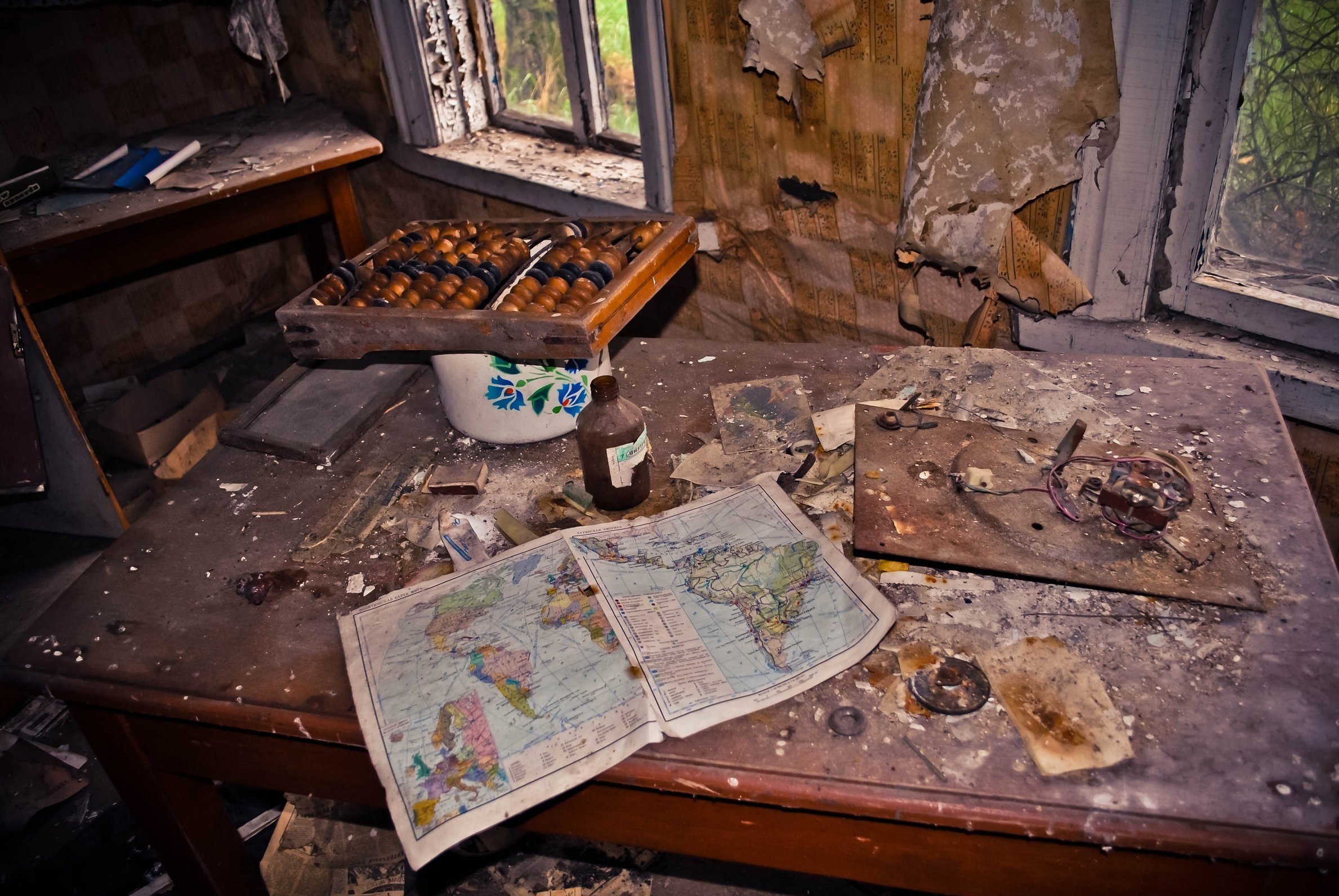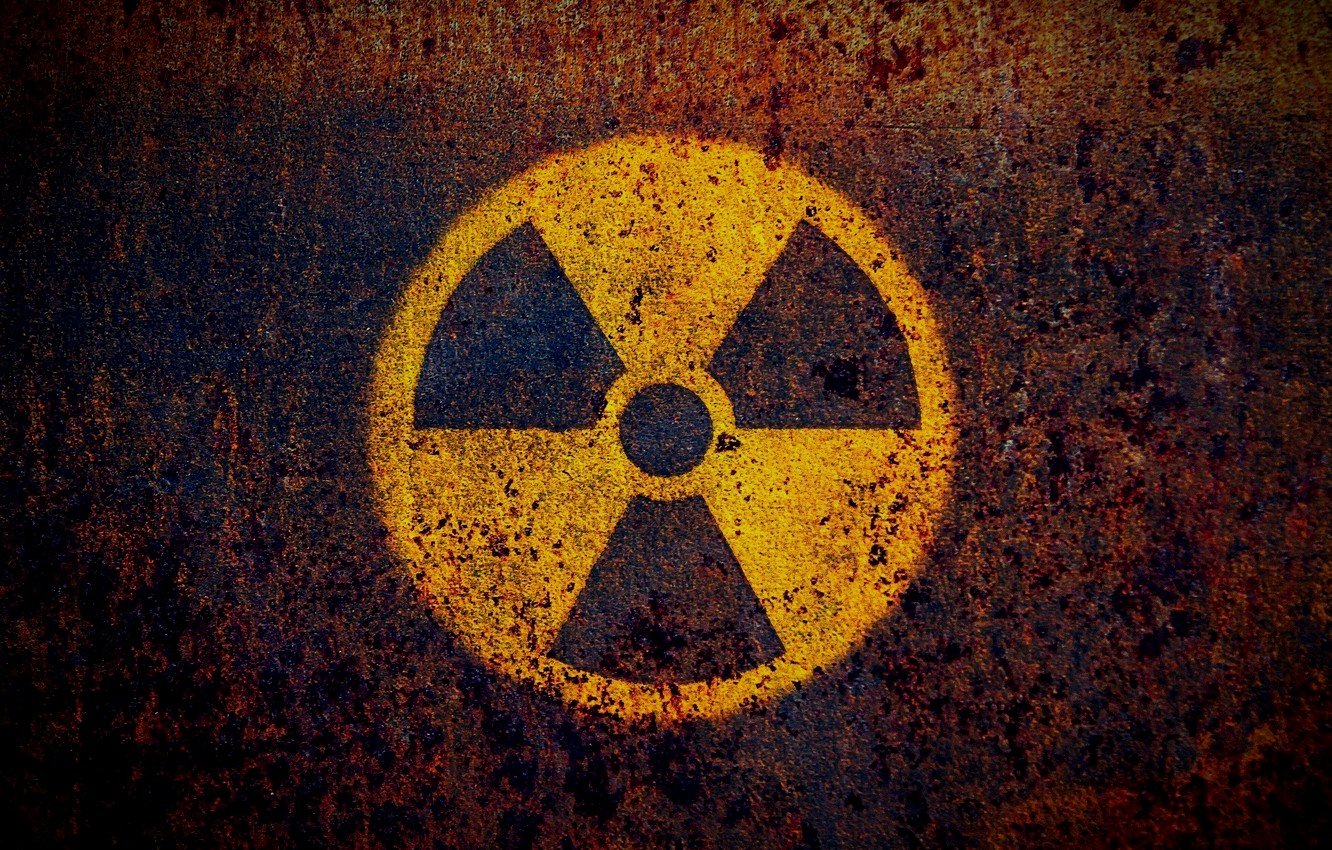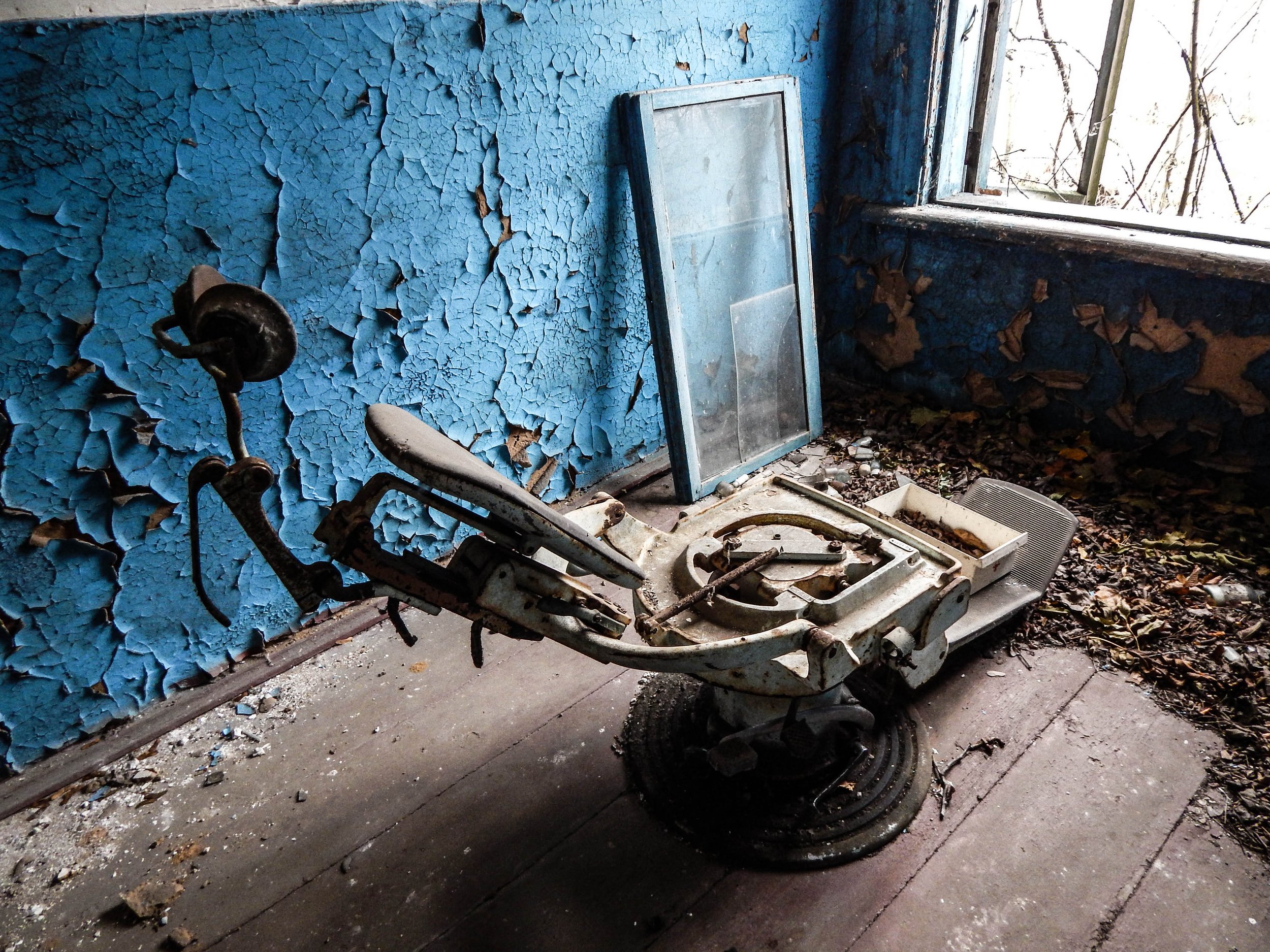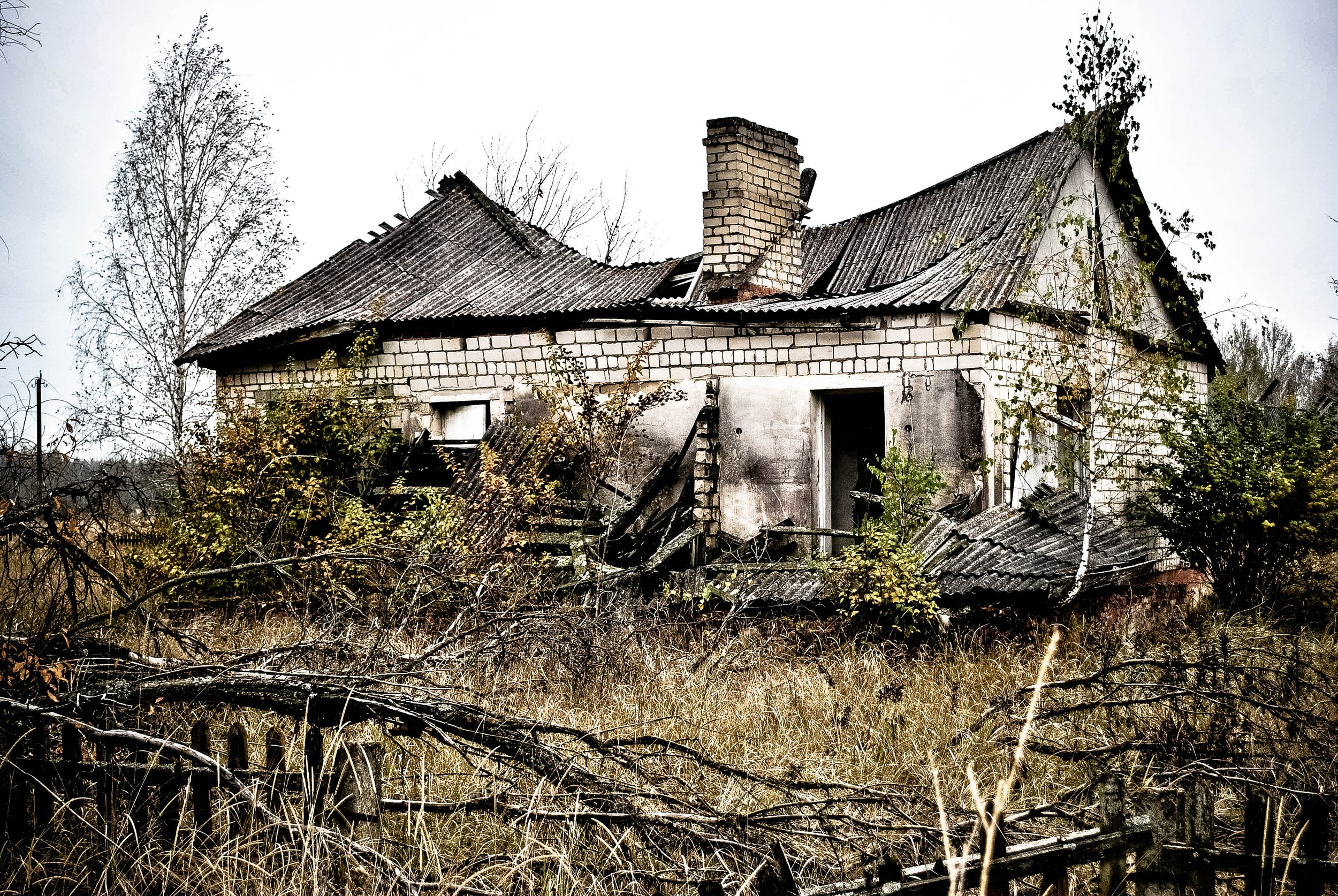
Chernobyl
Chernobyl’s Legacy
To this day, Chernobyl is the most disastrous radioactive accident in history and remains one of the most radioactive environments worldwide. Our team seeks to determine the effects of long term radiation exposure, from charaterizing chronic dose, to molecular and ecosystem level responses.

The Chernobyl Exclusion Zone
Radiation contamination levels across Belarus, Ukraine, and Russia (Nakamura et al. 2019)
In 1986 the Chernobyl reactor exploded, releasing >100,000 lbs of radioactive material which was atmospherically deposited across much of Europe and what was then the USSR. In the years following the explosion, more than 200,000 people were evacuated from the most contaminated regions around the reactor and a 4,200 km2 exclusion zone (CEZ) was created.
Scientific and public controversy remain over the impacts of the Chernobyl accident on ecosystems within the surrounding landscape.
Nuclear energy production is one of the fastest growing industries worldwide, and as such, potential exists for large releases of radiation into the environment (e.g., Chernobyl, Fukushima, Three Mile Island). Once contamination is present in an ecosystem, exposure may cause morbidity and mortality. However, the effects of chronic radiation exposure in both wildlife and humans are poorly understood. In the absence of such data, it is impossible to create effective management and remediation plans for the protection of wildlife and humans inhabiting contaminated landscapes.
Przewalsksi’s horses utilizing an abandond barn in the CEZ. (Photo credit P. Schlichting)
Wildlife in Chernobyl
A cow and calf moose grazing in the CEZ. (Photo credit C. Love)
Just over 30 years after the Chernobyl nuclear reactor exploded in northern Ukraine in 1986, the surrounding landscape remains abandoned and void of most human presence. Wildlife, including Eurasian bison, Przewalsksi’s horses, and other threatened and endangered species, roam freely among dilapidated buildings and overgrown farmland. However, data are lacking on the health and status of these populations.
Species such as the gray wolf have higher densities within the CEZ than in surrounding reserves, with up to 7x greater population densities in the CEZ. But is there evidence that wildlife populations are adapting to this radioactive environment?
Cara works to examine adaptive evolution and mechanisms of resilience to chronic radiation exposure to explore this question.

How much radiation are they exposed to?
Our team assesses the spatial and temporal variation in radiation levels experienced by wild, free-ranging carnivores in areas surrounding the nuclear accident. We deployed unique GPS collars that recorded geographic location and radiation exposure in real time.
What are the disease dynamics, immune responses, and physiological implications of chronic radiation exposure?
We use numerous techniques to address questions of physiological, immunological, and disease related implications of chronic radiation exposure.
What can we learn from the genomic architecture of populations experiencing multigenerational radiation exposure?
We utilize genomic and transcriptomic techniques to examine this question from many angles. Is there evidence chronic radiation exposure is acting as a selective force on these populations? Does the CEZ act as a barrier to gene flow? Is there evidence that genetic variation within Chernobyl populations allows for increased resilience to radiation exposure?
(Photo credit Dmitry Shamovich)
Can this system inform human health and cancer research?
Our team works to address how patterns of adaptive resilience exhibited in Chernobyl populations can help inform human medicine and cutting edge therapies in collaboration with academic and private cancer research groups.










